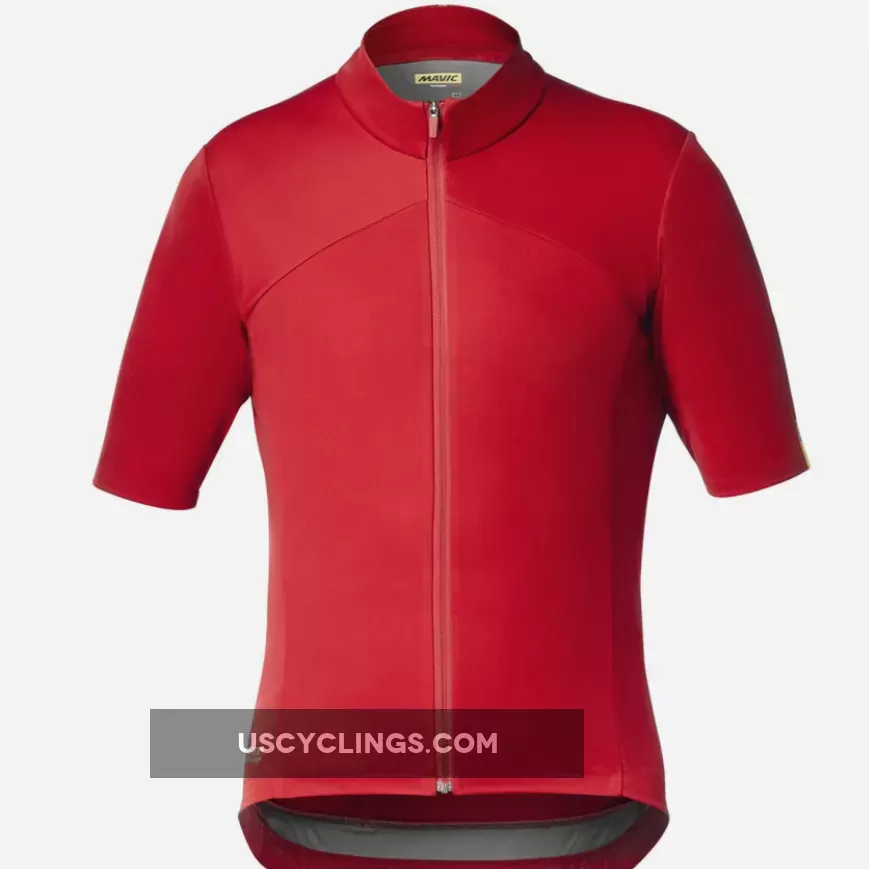The cycling world, a vibrant tapestry woven with threads of innovation, performance, and passion, has witnessed its share of triumphs and tragedies. One such story, shrouded in a degree of uncertainty and punctuated by whispers of absence, revolves around Mavic, a once-dominant name synonymous with high-performance cycling components. The question on many cyclists’ minds isn’t simply “Is Mavic still a company?”, but rather, “Where did Mavic go – specifically, from the US market?”
Mavic’s story, at least in the context of its US presence, is a tale of acquisition, restructuring, and a subsequent, almost complete, vanishing act. While the brand continues to exist globally, its absence from the United States leaves a significant gap in the market and a lingering sense of frustration for those who once relied on its products and services.
The year 2020 marked a pivotal point in Mavic’s history. Acquired by the French investment group Bourrelier following a period of receivership, the company underwent a significant restructuring. This restructuring, however, had far-reaching consequences, particularly for US consumers and retailers. Since at least 2020, Mavic has essentially ceased operations within the United States. This means a lack of readily available repair parts, a scarcity of authorized service centers, and a general difficulty in obtaining any support related to Mavic products.
The impact of this withdrawal has been profound. Retailers, once stocking Mavic’s range of wheels, shoes, and apparel, now find themselves unable to replenish their inventory. This leaves a void in the market, depriving cyclists of access to a brand that, for many years, held a prestigious position in the cycling community. The situation is even more challenging for cyclists who already own Mavic products and require repairs or replacement parts. Finding compatible components or reliable service has become a significant hurdle.
The reasons behind Mavic’s departure from the US market are not explicitly stated, but several factors likely contributed to the decision. The economic climate, changing market dynamics, and the complexities of international business operations could all have played a role. It’s also possible that the restructuring process undertaken by Bourrelier prioritized other geographical markets over the United States, leading to the effective abandonment of the US branch.
For those who invested in Mavic products, the situation is undeniably frustrating. The lack of readily available support undermines the long-term value of their purchase. A once-reliable brand, renowned for quality and innovation, has become largely inaccessible for repairs and maintenance. This has not only impacted individual cyclists but has also affected the cycling community as a whole. The absence of Mavic leaves a hole in the market, reducing consumer choice and potentially affecting competition in the cycling component sector.
The absence of a clear communication strategy from Mavic regarding its withdrawal from the US market exacerbates the problem. A lack of transparency leaves consumers and retailers feeling abandoned and uncertain about the future. While the company may still exist internationally, the lack of presence in the United States leaves a considerable void and raises questions about the long-term viability of the brand in the global market.
The story of Mavic’s disappearance from the US market serves as a cautionary tale in the ever-evolving landscape of the cycling industry. It underscores the importance of brand loyalty alongside a consideration of the long-term sustainability of brands and their commitment to customer service. The question remains: will Mavic ever return to the US market? The answer, for now, remains shrouded in uncertainty.
What is clear, however, is the significant impact of Mavic’s absence. The lack of access to repairs, parts, and support has left a void in the market, leaving cyclists and retailers scrambling to find alternatives. The silence surrounding the situation only intensifies the frustration and uncertainty felt by those who were once loyal customers and supporters of the brand. The once-familiar Mavic logo, a symbol of quality and performance for many, has faded from the American cycling scene, leaving behind a lingering question mark and a testament to the unpredictable nature of the global marketplace. The future of Mavic in the US remains uncertain, a puzzle piece missing from the vibrant mosaic of the American cycling landscape. The story serves as a reminder of the fragility even of seemingly established brands in a constantly shifting economic and competitive environment.
